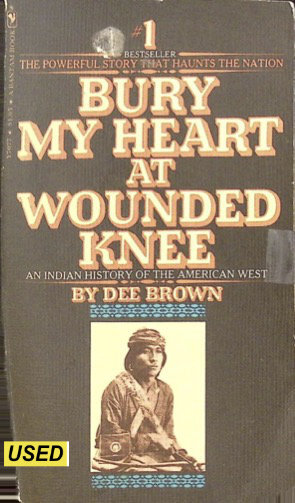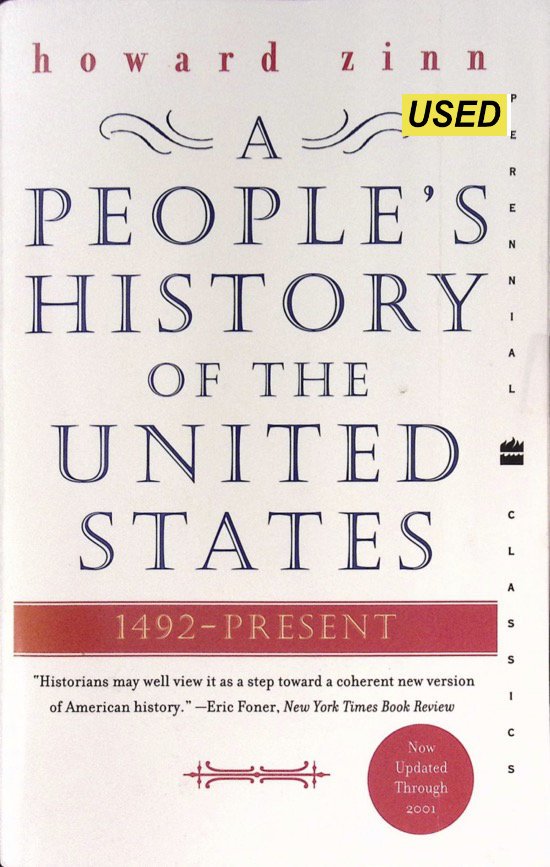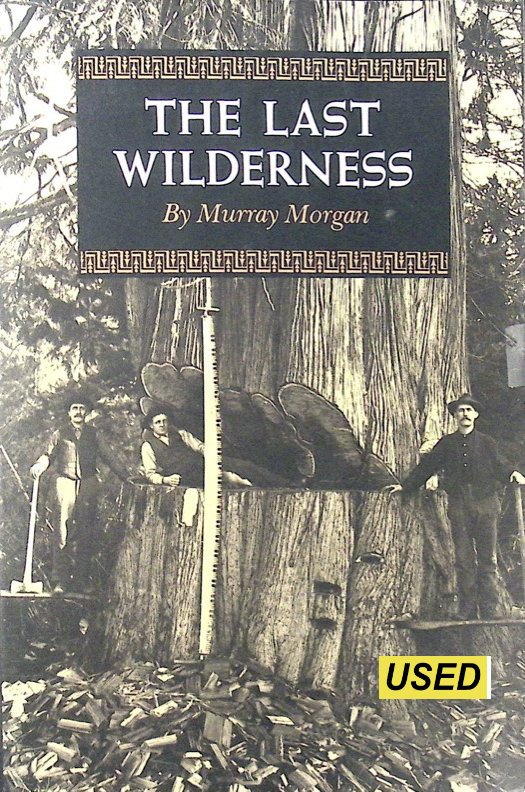By Dennis Sullivan
FROM THE COVER: “Based in a highly profitable fur trade, the seventeenth century Dutch criminal justice system of the upper Hudson River Valley regulated the community with an eye toward not only maintaining peaceful social relations, but also preserving the economic system that allowed the community to survive. This work examines the punishment practices of the Beverwijck/Albany court during the seventeenth century, delineating changes that occurred in those practices amid fluctuations in the fur trade and after the English conquest of New Netherland in 1664. This study shows that punishment practices were integrally linked to the economic status of the community and, after English conquest, to the introduction ofEnglish law.
"Dennis Sullivan's study of the punishment of crime in the upper Hudson Valley will be a major contribution to the growing bibliography of works relating to New Netherland. Researchers who work with primary source material will appreciate his rigorous use of the Dutch records at the New York State Archives. Sullivan has added another piece to the mosaic which will one day reveal New York's unique and rich colonial beginnings." — Charles Gehring, Director of the New Netherland Project
NY. Peter Lang, 1997. 367p.

















